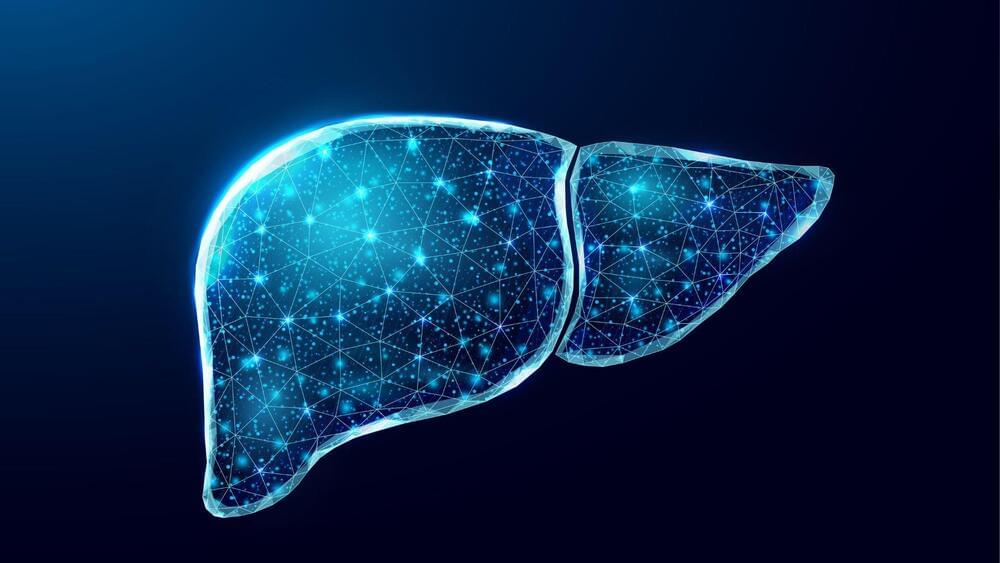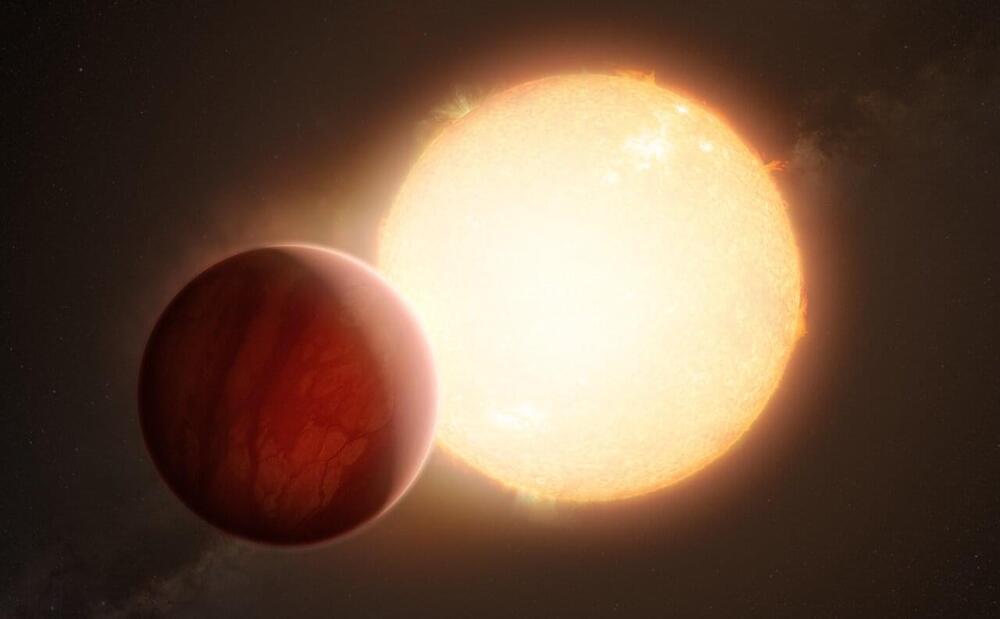From raspberry notes to rum and nail polish ones. Some call it a ‘space party,’ while others say ‘it stinks.’
Doctoral researcher in Astrobiology and professional perfumer, Marina Barcenilla, creates the scents of space based on astrochemistry and reports by astronauts.
Interesting Engineering (IE) report on the range of smells available including which represent the entire journey around Earth’s orbit to the center of the Milky Way. By tapping into the intimate relationship between olfaction (the sense of smell) and memory, the project aims to break communication barriers between science and the public.
Angel_nt/ iStock.
Researchers can also make assumptions about how things might smell in space using various chemicals and elements found on Earth as well as elsewhere in the galaxy.








